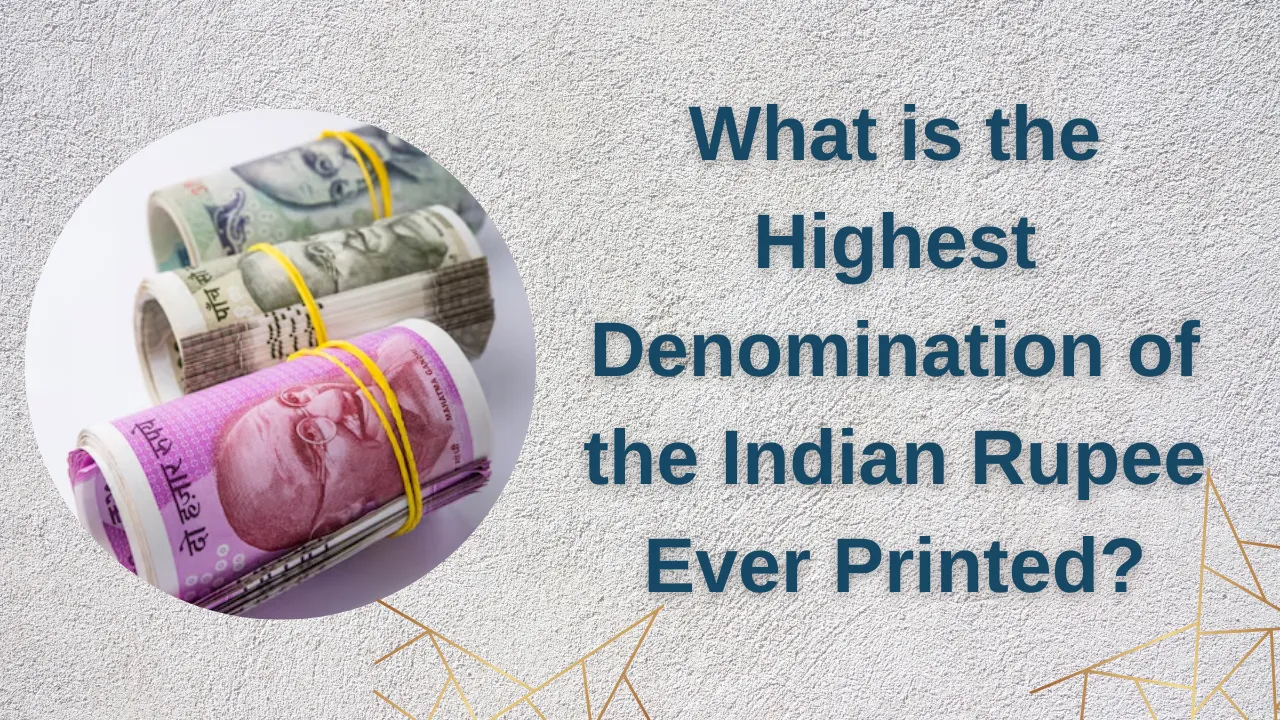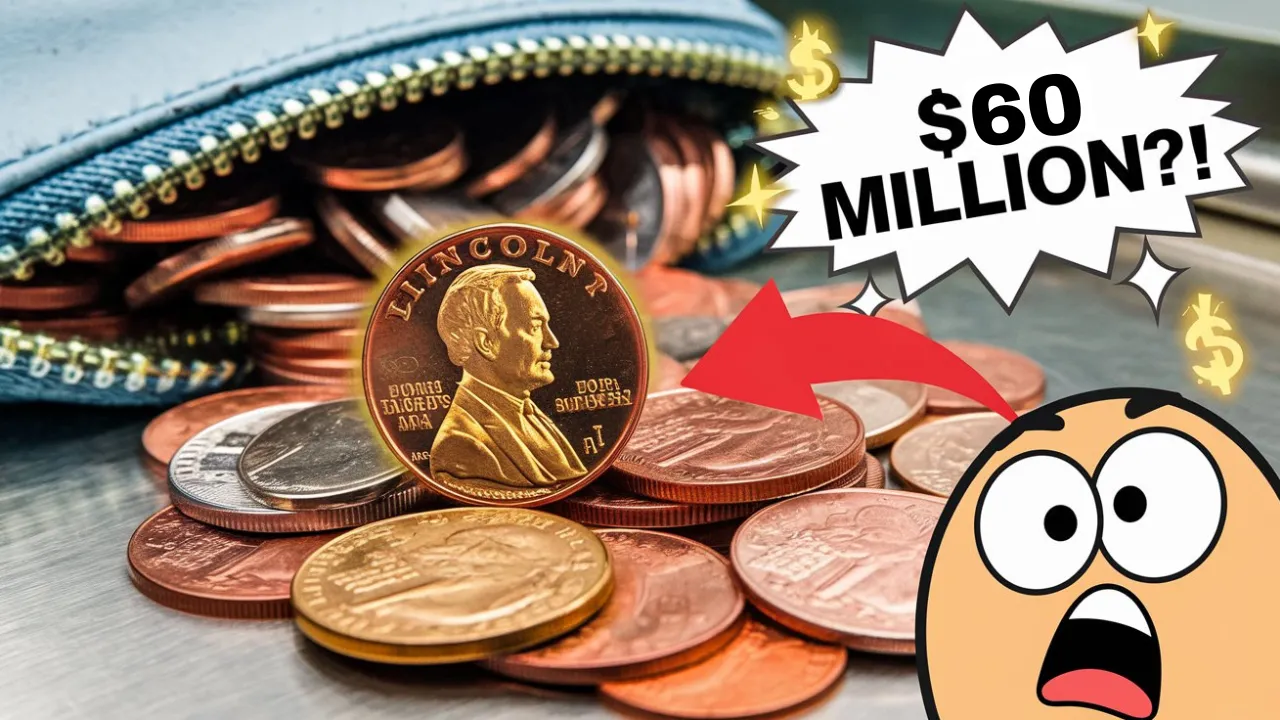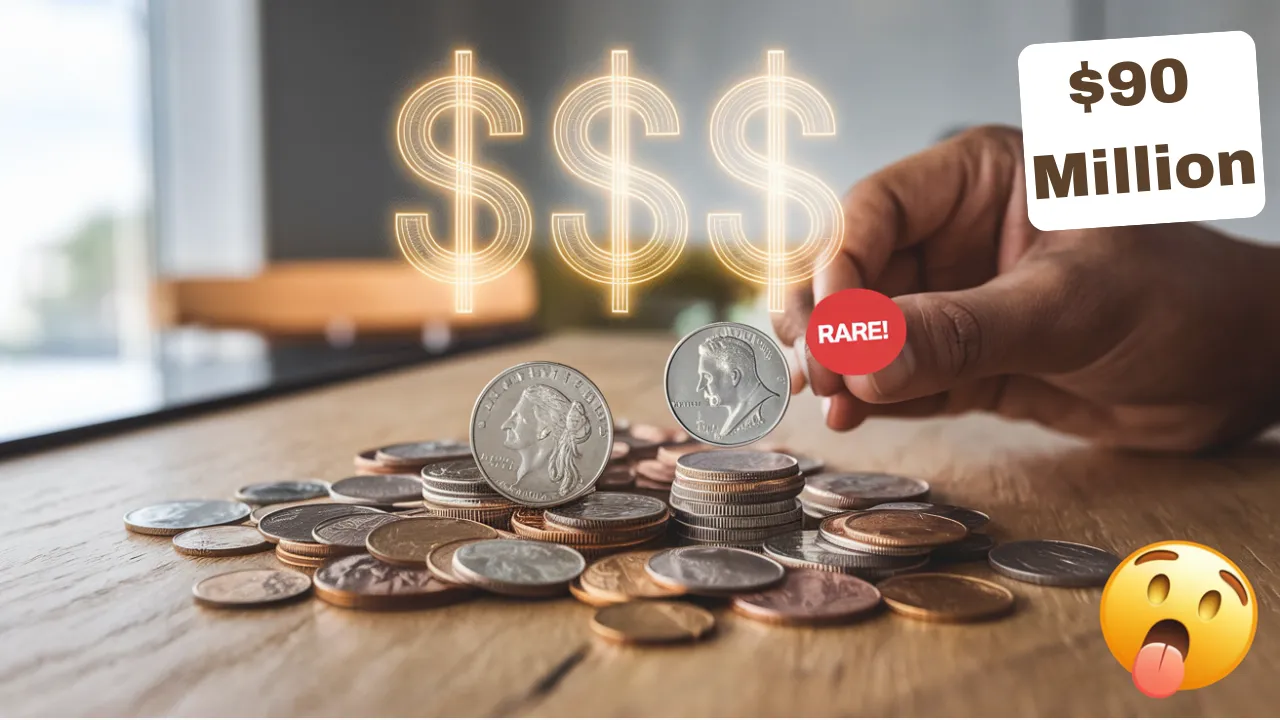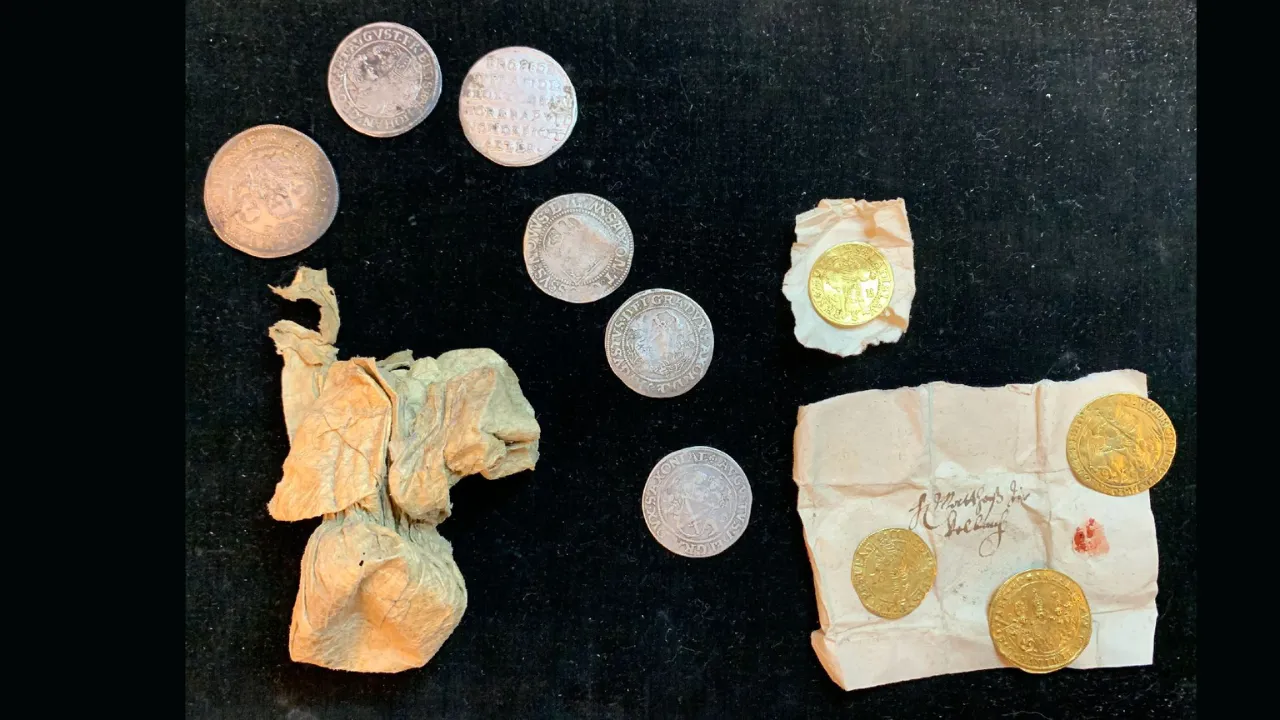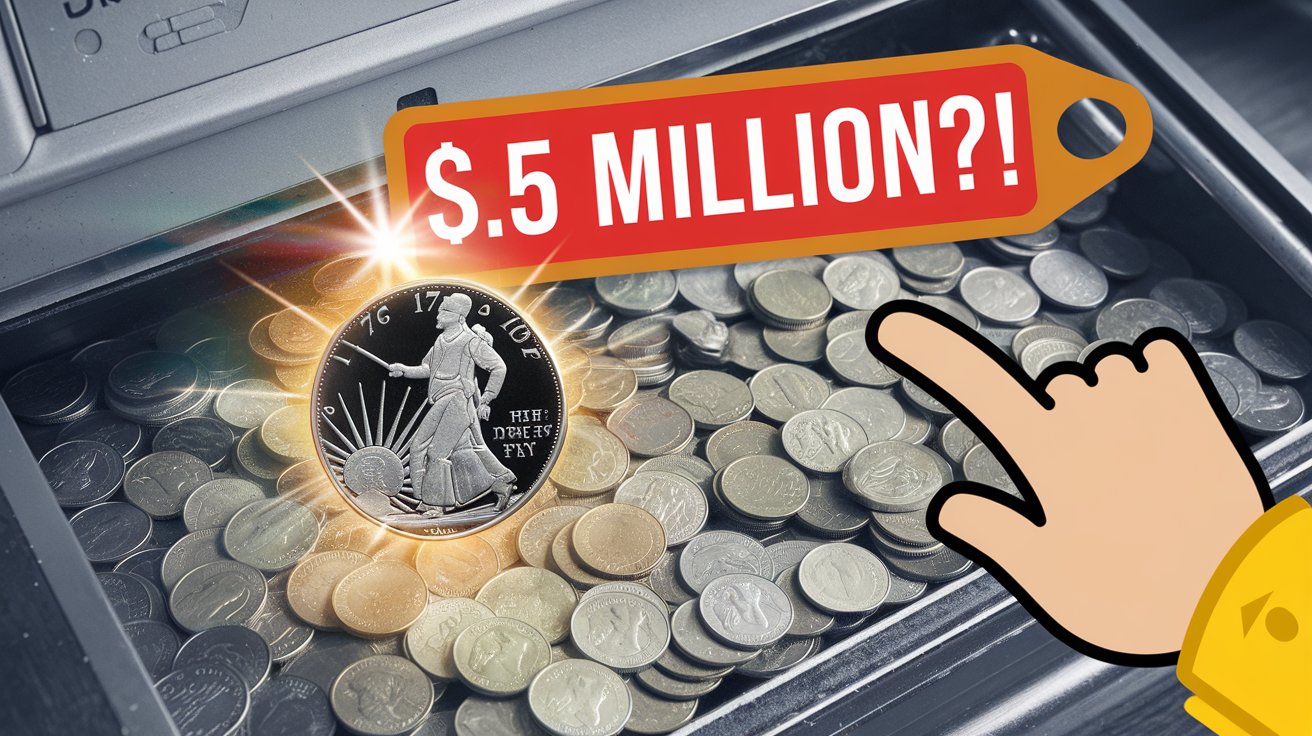The Highest Denomination of the Indian Rupee: The highest denomination of the Indian Rupee is a fascinating topic that few people know in detail. While modern India is shifting towards digital payments and smaller currency denominations, there was once a time when physical cash was king — and the Rs 10,000 note ruled them all. This massive note, rarely seen by the public, was once a powerful tool in India’s financial system.
In this article, we uncover the full story behind this elusive currency note. You’ll learn when and why it was printed, what made it significant, and why it was eventually phased out. We’ll also explore how it compares to more recent high-value notes, what happened to the few remaining ones, and why its return seems impossible in today’s economic climate.
Origins of the Rs 10,000 Note
The highest denomination of the Indian Rupee ever printed dates back to 1938, a time when India was still under British colonial rule. The Reserve Bank of India (RBI), established just a few years prior in 1935, introduced the Rs 10,000 note as part of its early high-denomination currency series. The note bore the portrait of King George VI, the then monarch of the British Empire.
It was not created for everyday purchases. Instead, this note served a unique purpose — to handle very large financial transactions between banks, corporations, and government institutions. It was rarely seen in circulation and even rarer in the wallets of the public.
A Short-Lived Journey, Twice Over
The Rs 10,000 note has a curious timeline. Its first run was halted in 1946, just eight years after it was introduced. The British government at the time was facing serious concerns over illegal hoarding and growing underground economies, especially during the aftermath of World War II. High-value notes like the Rs 10,000 were considered too risky to remain in use.
But the story didn’t end there. After India gained independence in 1947, the RBI reissued the Rs 10,000 note in 1954. This time, the design featured Indian motifs, reflecting the country’s new identity. It stood alongside other large denominations such as Rs 1,000 and Rs 5,000 notes.
However, this second run also didn’t last forever. In 1978, the Indian government once again withdrew the note from circulation. This move was part of a broader strategy to combat black money and unaccounted wealth hidden in cash form.
Why Discontinue a Note of Such High Value?
When the Indian government demonetised the Rs 10,000 note in 1978, it cited some serious concerns:
- Concentration of Wealth: A single Rs 10,000 note could store immense value in a compact form, making it easier to hide wealth.
- Limited Usage: Such a high denomination was impractical for daily life. Even luxury purchases rarely required a note of this value.
- Economic Reform: The move was part of a larger push to clean up India’s financial system and promote transparency.
Thus, the highest denomination of the Indian Rupee was formally declared illegal tender under the High Denomination Bank Note (Demonetisation) Act of 1978.
Modern Comparisons: Rs 2,000 Isn’t Close
After the surprise demonetisation of 2016, the Indian government introduced a Rs 2,000 note. For many citizens, this became the highest denomination they ever used. But even this is only a fraction of the Rs 10,000 note’s value.
Moreover, the Rs 2,000 note is already on its way out. The Reserve Bank of India began withdrawing it from circulation in 2023, as the country moves toward a fully digital payment infrastructure.
So while the Rs 2,000 note might have briefly felt like a high denomination, it never came close to the status or legacy of the Rs 10,000 note.
Snapshot of Key Facts
- First Introduced: 1938
- Withdrawn First Time: 1946
- Reintroduced: 1954
- Permanently Demonetised: 1978
- Printed By: Reserve Bank of India
- Purpose: Interbank and institutional transactions
- Legal Status Now: Invalid; no longer legal tender
Rarity and Collectible Value
Today, the Rs 10,000 note is no longer in use, but it hasn’t been forgotten. In fact, it’s become a rare collector’s item. According to RBI data, only 346 notes were in circulation before the 1978 ban. Now, fewer than 10 are believed to exist.
Some of these rare notes have surfaced at auctions, fetching huge prices due to their historical significance. Collectors and currency historians see them as prized possessions — not just for their value, but as symbols of a past era in Indian finance.
Unique Features of the Rs 10,000 Note
- Design Changes: The British-era version featured King George VI, while the post-independence version used Indian imagery.
- Security Features: Although primitive by today’s standards, it still included watermarks and special paper.
- Not for Common Use: Always intended for limited circulation among financial institutions.
- Symbol of Change: Its existence and removal both marked turning points in India’s approach to economic control.
Will It Ever Return?
The short answer is — no, it’s highly unlikely. The RBI and government are now focused on reducing cash dependency, not increasing it. The rise of UPI, digital wallets, and QR code-based payments shows that India is moving toward a less cash-intensive future.
In fact, former RBI Governor Raghuram Rajan had once proposed reintroducing Rs 5,000 and Rs 10,000 notes to make high-value transactions easier. However, the government chose not to proceed, issuing the Rs 2,000 note instead, which itself is being phased out now.
FAQs
1. What is the highest denomination of the Indian Rupee?
The Rs 10,000 note is the highest denomination ever officially printed in India.
2. Is the Rs 10,000 note still in use?
No, it was demonetised in 1978 and is no longer legal tender.
3. Who printed the Rs 10,000 note?
It was printed by the Reserve Bank of India in 1938 and again in 1954.
4. Can I still get a Rs 10,000 note today?
Only as a collector’s item. They are extremely rare and highly valuable in auctions.
5. Will the Rs 10,000 note be brought back?
It is very unlikely given India’s current push for digital payments and financial transparency.
Final Thought
The Rs 10,000 note may no longer exist in our wallets, but it lives on in India’s rich financial history. Its story speaks volumes about how far the country has come — from handling bulky paper money to scanning a code on a mobile screen. The highest denomination of the Indian Rupee serves as a powerful reminder of the past and a lesson for the future. Have your own thoughts on rare currencies? Leave a comment or explore more fascinating stories from India’s economic journey.
